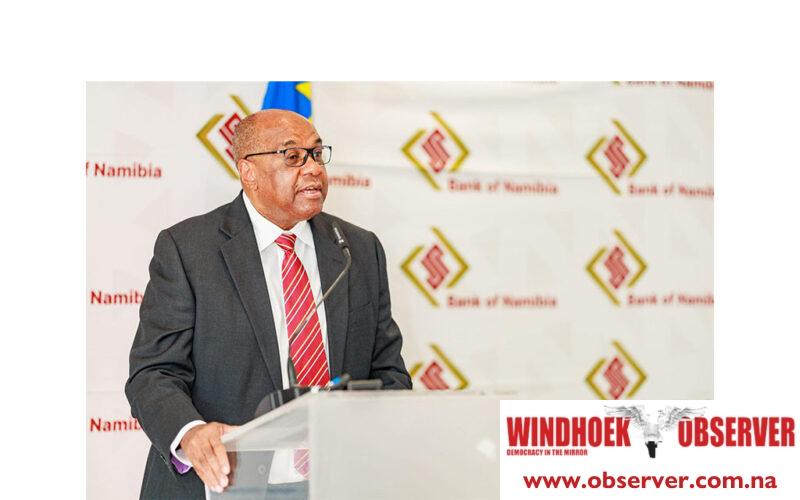Allexer Namundjembo
Stabilisation in the South African rand and favourable external price trends are expected to drive Namibia’s inflation lower in 2025.
The Bank of Namibia (BoN), at its recent Monetary Policy Dialogue, projected inflation to ease from a five-year average of 4.3% to 3.8% in 2025.
The dialogue took place under the theme, “35 Years of Monetary Stewardship: Enhancing Policy Resilience in a Changing Economic Landscape.”
In July, the country’s inflation was 3.5%.
“This downward trajectory reflects both domestic policy discipline and favourable external price developments,” said BoN governor Johannes !Gawaxab.
Inflation previously peaked at 6.0% in October 2023, fuelled by global food and energy costs.
The high prices eroded disposable incomes, particularly in rural communities, and weakened consumer confidence.
Higher inflation also raised interest rate expectations, tightening access to credit for households and businesses.
In 2024, the central bank responded with rate cuts to ease borrowing conditions; however, administered costs such as fuel and utilities, along with a weaker rand, continued to pressure consumers.
Fiscal risks also remain. Research shows that large budget deficits in Namibia tend to raise consumer prices over time, while South Africa’s inflation directly affects Namibia through the currency peg.
The monetary policy committee (MPC) recently kept the repo rate at 6.75%.
“We are balancing the need for price stability with the imperative to stimulate credit and investment,” he stated.
Looking ahead, the BoN will monitor administered prices, maintain prudent policy, coordinate with fiscal authorities to reduce deficits, and safeguard the currency peg to curb imported inflation.




